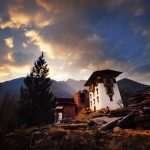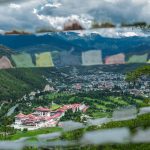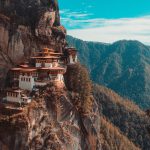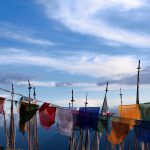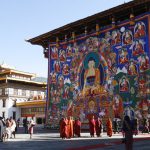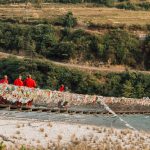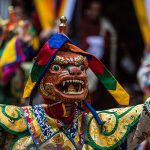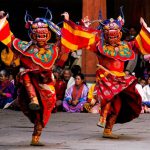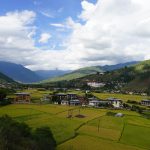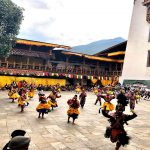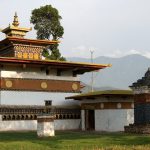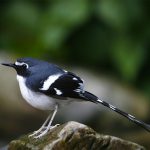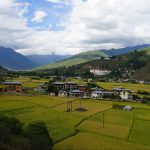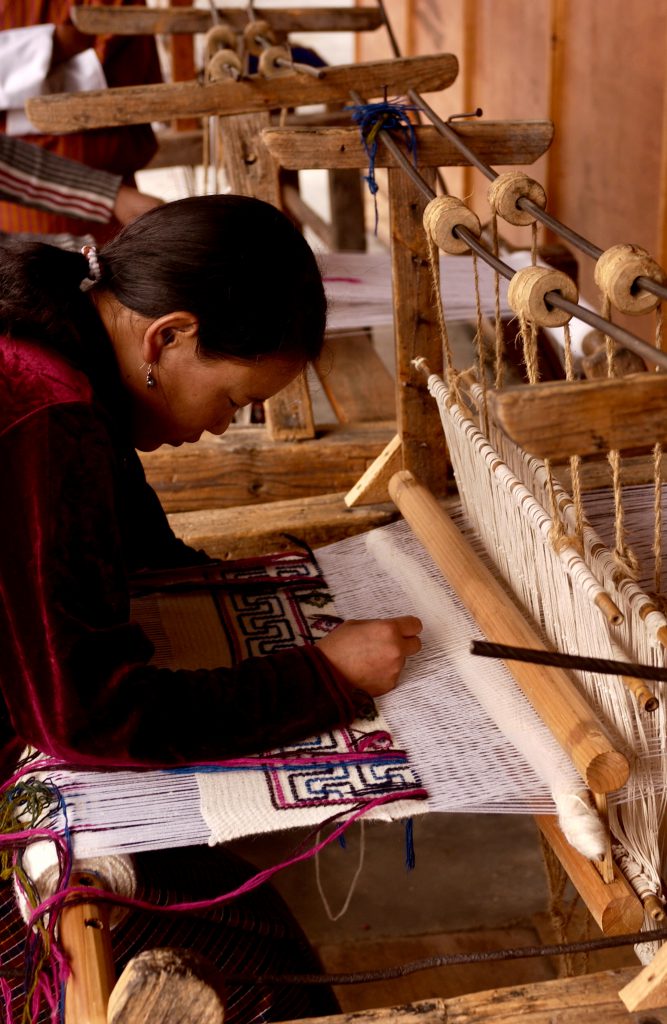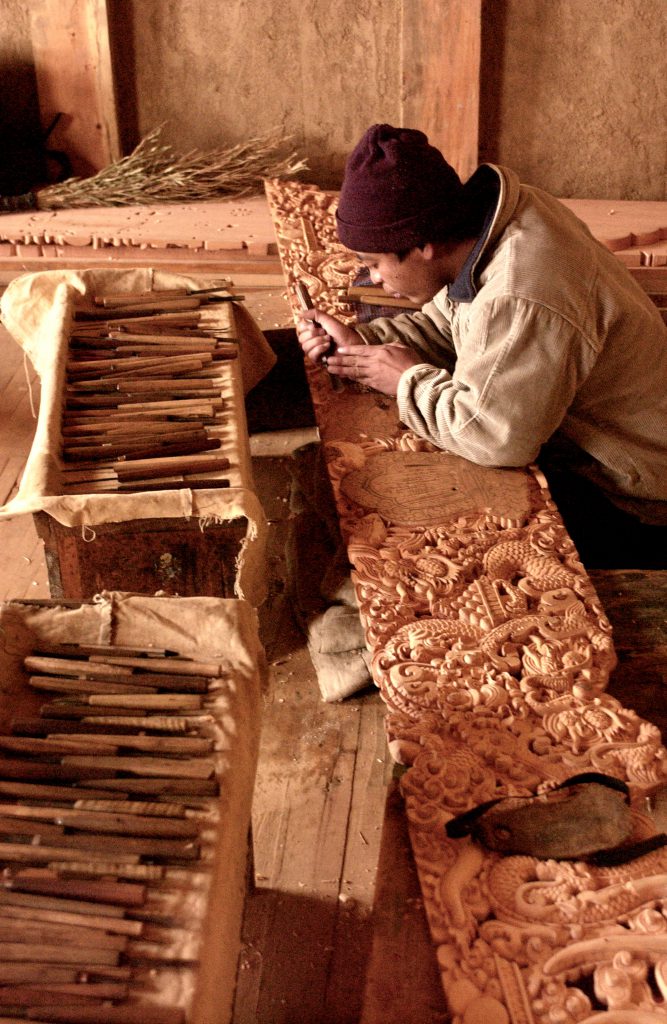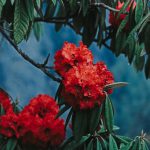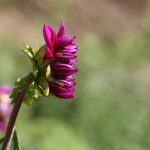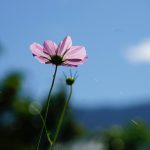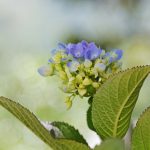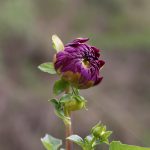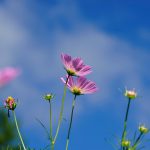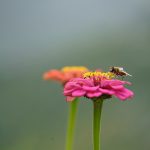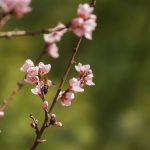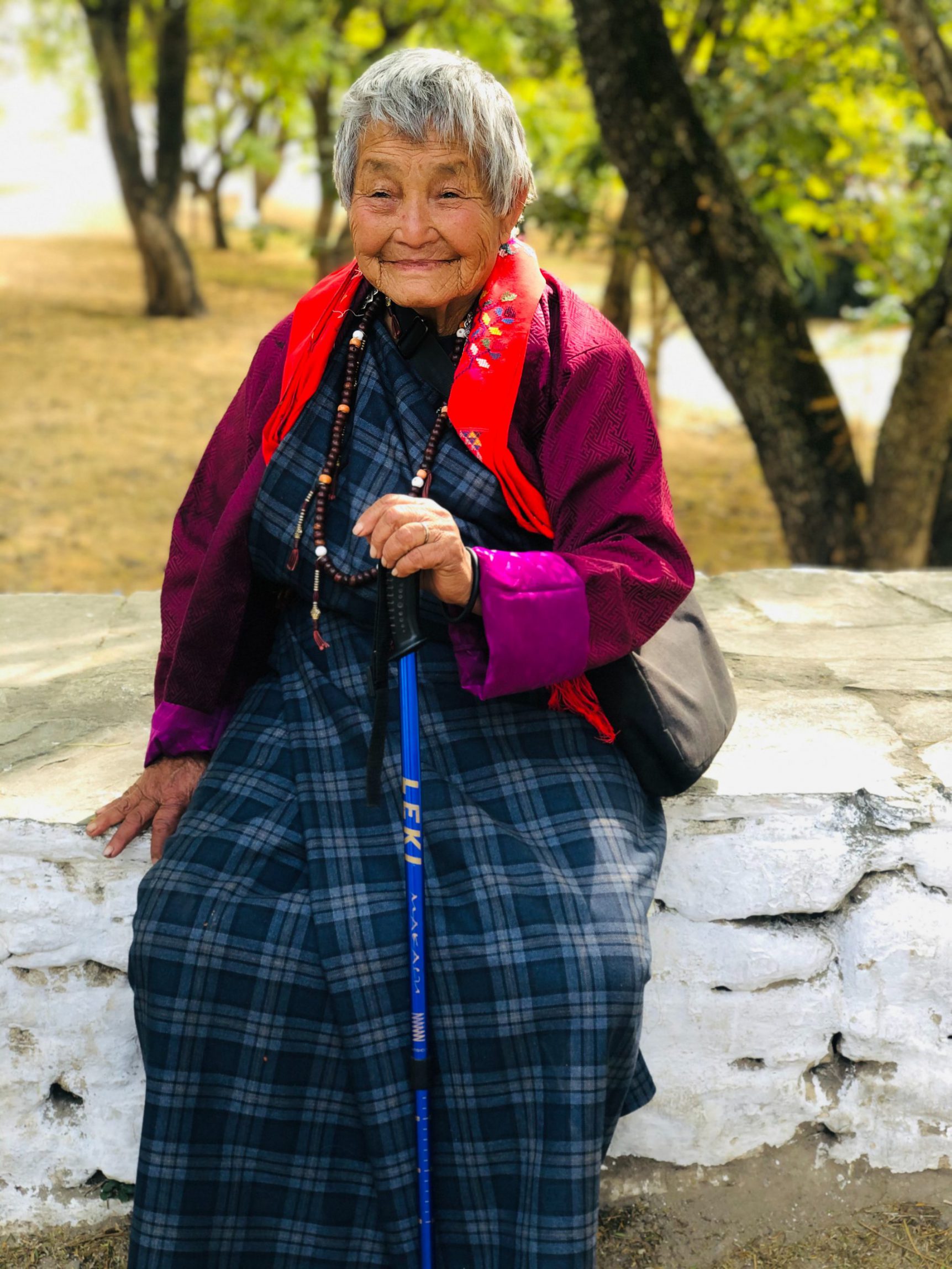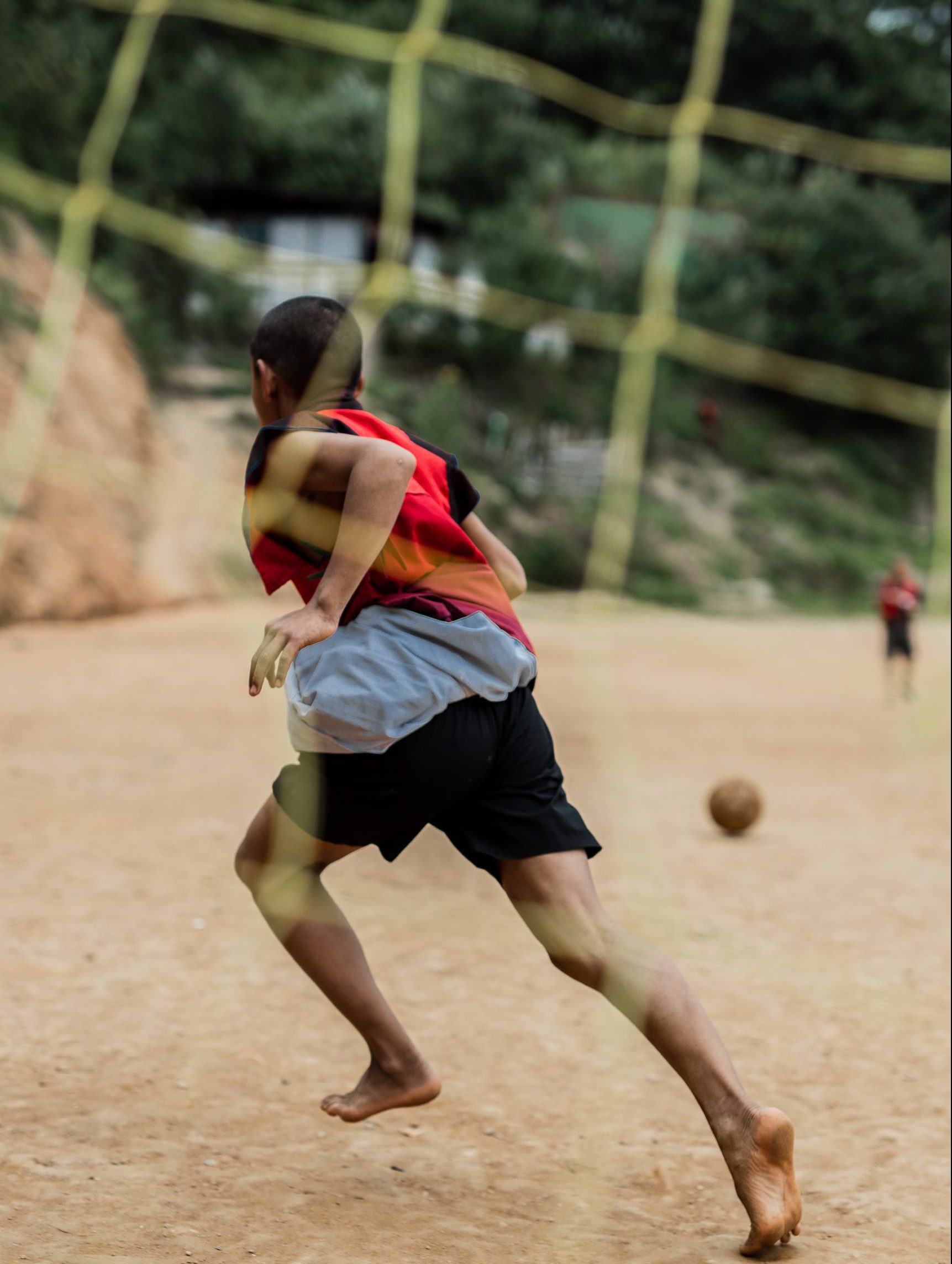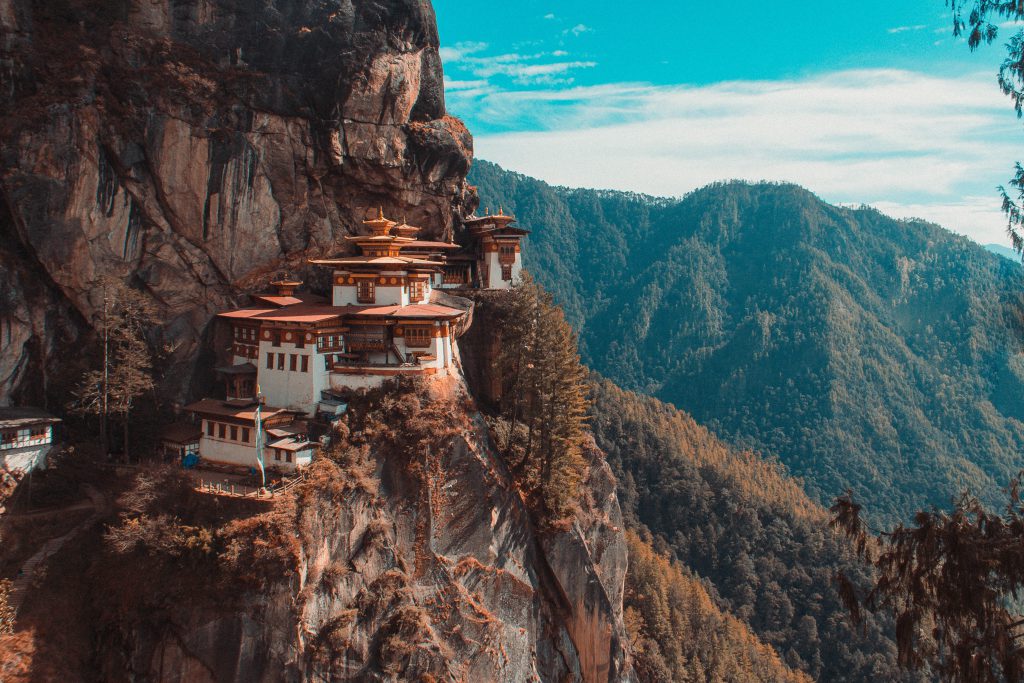
Bhutan
Bhutan, locally known as DRUKYUL (Land of Thunder Dragon) has remained sequestered from the rest of the world in its pristine state, unspoiled by outside influences. Bordered by autonomous region of China in the North and India in the south, the kingdom of the Lost Horizon opened its door to tourism only in 1974, since then the number of visitors to Bhutan has steadily increased. Bhutan is endowed with breathtaking natural beauty, surrounded by sacred mountains, virgin peaks and holy lakes. Its beautiful valleys and lush forests are teeming with flora and wildlife undisturbed in its natural environment. Bhutan is perhaps the last Eden, not just in part, but in its entirety. Its 46,500 square kilometer of area is covered with not less than 72% of dense forest and jungles. In less than 65 miles, Bhutan rises 25,000 feet from the subtropical jungles of the south to arctic cold of the high Himalayas. Bhutan is truly a haven for wildlife and is considered the most exclusive tourist destination in the world. The country manages to retain all the charm of the old world.
A Brief History
Prior to 8th century we have no recorded history and have no clue how our ancestors have lived. However, we can only assume that the country was divided into many parts and were ruled by the village chiefs and the country in whole was known as the Lhojong Menjong (Southern Land of Medicinal Herbs).
It was during 8th century a king from Bumthang, known as Sendhu Raja had invited Guru Rinpochey (Precious Teacher), who brought Buddhism into Bhutan, to cure him from a dreadful disease that was killing him. Guru meditated at Kujey temple for three months, left his body print on the rock and subdues the local deities including powerful Shelging Karpo, who had stole the king’s life force and was the cause of King’s disease. Guru then visited many places around the kingdom where he meditated and left many body imprints. The places visited were Paro Taktsang, where he took the form of Guru Dorje Droloe to subdue the deities who were obstructing the spread of Buddhism, Tang Rimochen, Singye Dzong and many other places that are now the most visited holy sites for Buddhist pilgrims.
In the 12th century Phajo Drugom Shigpo (1184-1251) visited Bhutan and spread the Drukpa Kagyu School in the western part of Bhutan. In the 14th century Longchen Rabjam (1308-1363), the greatest philosopher of the Nyingma School chose exile in the Bhutanese region of Bumthang following a quarrel with the Tibetan master of his time. He founded the Monasteries of Tharpaling, Samtenling, Shinkhar and Ugyencholing and many others. One of the foremost Tibetan tertons, Dorje Lingpa (1346 -1405, followed in his footsteps, and he likewise settled in the Bumthang valleys, at Chakar and Ugyencholing. Another famous Nyingmapa terton, Pema Lingpa, was born in Bumthang in 1450 – 1521. He was considered not only the reincarnation of Guru Rinpochey but also of Longchen Rabjampa. In the 15th century Drukpa Kunley, “the divine madman” (1455-1529) blessed the country by his gracious visit.
Finally, in the 17th century under the politically and religiously charismatic Nawang Namgyal (1594-1651), Bhutan became a unified state. Ngawang Namgyal was a religious leader of the Drukpa Kagyu School, who took the honorary title of Shabdrung, “at whose feet one submits”. Being persecuted in Tibet, he fled to Bhutan in 1616 and, over the next 30 years, with compassion and benevolence, he succeeded in unifying ’Southern Valleys’ into Drukyul, ‘the land of the Drukpas’. Shubdrung then codified a comprehensive system of laws and built chain of Dzongs (fortress), which served as religious, administrative center and guarded each valley during unsettled times. For next two centuries the kingdom was once again caught in the intermittent civil strife.
However, towards the end of the 19th century, the Trongsa Penlop, Ugyen Wangchuk who controlled the central and eastern regions of Bhutan overcame the rivals and united the kingdom once again. He was then unanimously crowned as the first hereditary King of Bhutan in 1907. It was the Third King Jigme Dorji Wangchuk who cautiously opened its doors to the forces of change and modernization in the early 60s. However the nation possessed very little of the infrastructure that Bhutanese today associate with a modern nation – state. It was only in 1974 when Fourth Hereditary Monarch king Jigme Singye Wangchuk was enthroned; Bhutan started to see vast development and changes.
This continuing development of Bhutan has been crystallized in a philosophy crafted by His Majesty King Jigme Singye Wangchuck, known as ” Gross National Happiness ” (GNH) in the late 1980s.The concept of GNH defines Bhutan’s development objective as improvement in the happiness and satisfaction of the people rather than growth of Gross National Product (GNP). GNH has been the overarching development philosophy of Bhutan as the concept has guided the country’s development policies and program. GNH suggests that happiness is the ultimate objective of development. It recognizes that there are many dimensions to development other than those associated with Gross National Product (GNP), and that development needs to be understood as a process that seeks to maximize happiness rather purely economic growth.
arts and crafts
Though the thirteen traditional arts and crafts were practiced right from the immemorial times, it is commonly understood that it was formally categorized during the reign of Gyalse Tenzin Rabgay, the fourth temporal ruler of Bhutan. The thirteen arts and crafts are categorized as follows:
1.Shing zo
Bhutanese still practice this ancient art termed shingzo. Large temples were built simply using timber and without any metal fasteners. Instead, they were joined together using notches with thick pegs and nails made of wood, and these wooden structures were designed to last for centuries. The Dzongs that have its origin in the 17th century features some of the most elaborate wood works and designs that draw appreciation not only from the Bhutanese populace but from outside visitors as well…..
environmental
Bhutan has traditionally adhered to a strict environmental code with a deep reverence for nature. According to the constitution, Bhutan has to maintain 60% of the forest cover. This has nurtured a wealth of flora and fauna in a pristine ecology which boasts 72% forest cover. The rugged mountains and enchanting valleys, winding rivers and colourful lakes, tall shady trees and exquisite flowers make Bhutan a fascinating land and a poet’s dream come alive.
Bhutan has placed environmental conservation at the core of its development strategy and has set aside more than one quarter of the country’s total land area as national parks, nature reserves, wildlife sanctuaries and conservation areas. Bhutan has received international acclaim for its commitment to the maintenance of this biodiversity
Almost three fourths of the land area is covered by forests of alpine, temperate and sub-tropical species that are a natural habitat for a diversity of flora and fauna. Its various eco-systems harbour some of the most exotic species of the eastern Himalayas.
Flora
More than 60 percent of the common plant species of the eastern Himalayas can be found within the country. The wealth of floral species include 5,400 vascular plants, 360 species of Orchids, 46 species of Rhododendrons, Junipers, Magnolia, Blue poppies, Edelweiss, Gentians, Primulas, Artemisia, Daphne, Giant Rhubarb, carnivorous plants, high-altitude plants and over 500 species of medicinal plants. Botanists consider the entire country as one beautiful park.
Fauna
Bhutan is home to a wide range of animals. The high Himalayan fauna include the Blue Sheep, Yaks, Takin, Snow Leopard, Wolf, Marmot and Musk Deer which are some of the species found in the high altitude. Temperate zone is home to Tiger, Leopard, Goral, Himalayan Black Bear, Red Panda, Sambar, Wild pig, Barking Deer and the rare Golden Languar. Along its southern border, subtropical forests have Elephants, Tiger, Gaur, Wild Water Buffalo, Hog Deer, Clouded Leopard, Swamp Deer and other mammals and birds characteristic of Indo-Malayan species.
The rich forests of Bhutan harbours an estimated 770 species of birds which include the Himalayan Griffon, the unique high altitude Wader, the Ibisbill, the spectacular Hornbill, Barbets, Sunbirds, Fulvettas, Yuhinas, Cuckoos, and many more.
The species of fauna are abundant because the great majority of Bhutanese, for religious reasons, neither hunt nor fish.
The Bhutanese society
The Bhutanese society is free of class or caste system and any inhibition that is detrimental for a society to progress. In general ours is an open and a good-spirited society.
Living in a Bhutanese society generally means understanding some basic norms like Driglam Namzha, the traditional etiquette. This is a norm that desires members of the society to conduct themselves in public places. Wearing a scarf when visiting a Dzong or an office, letting the elders and the monks serve themselves first, offering felicitation scarves during ceremonies such as marriages and promotions, greeting elders or senior officials are some simple manners that harmonizes and binds together the Bhutanese society.
Normally, greetings are limited to saying Kuzuzangpo amongst equals. For seniors and elders, the Bhutanese bow their head a bit and say kuzuzangpola. But, the western ways of shaking hands has become an accepted norm.
The Bhutanese are also fun-loving people. Dancing, singing, playing archery, partying, social gatherings etc. are common things that one observes. Visiting friends and relatives at any hour of the day without any advance notice or appointment clearly depicts the openness of the Bhutanese society.

